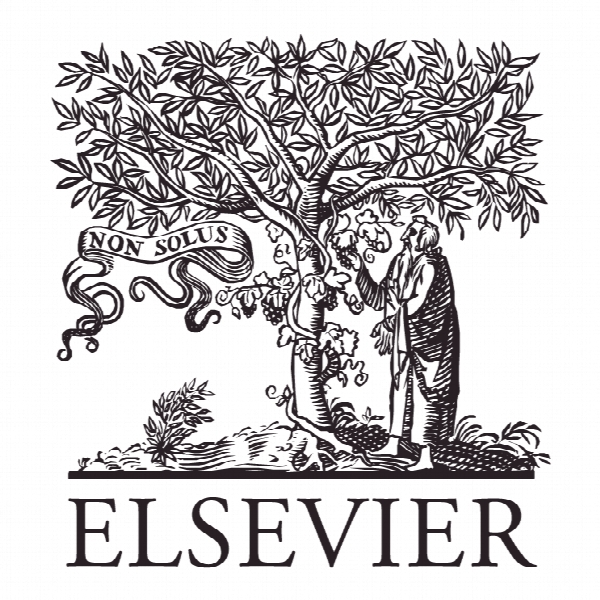استراتژی های بازاریابی مسئولین درگاه: تئوری سازی چند بعدی Marketing strategies of Port Authorities: A multi-dimensional theorisation
- نوع فایل : کتاب
- زبان : انگلیسی
- ناشر : Elsevier
- چاپ و سال / کشور: 2018
توضیحات
رشته های مرتبط مدیریت
گرایش های مرتبط بازاریابی، مدیریت کسب و کار
مجله تحقیقات حمل و نقل بخش اول – Transportation Research Part A
دانشگاه Department of Economics and Business – University of Genoa – Italy
شناسه دیجیتال – doi https://doi.org/10.1016/j.tra.2018.03.012
منتشر شده در نشریه الزویر
کلمات کلیدی انگلیسی Port Authority, Port marketing, Strategic business areas
گرایش های مرتبط بازاریابی، مدیریت کسب و کار
مجله تحقیقات حمل و نقل بخش اول – Transportation Research Part A
دانشگاه Department of Economics and Business – University of Genoa – Italy
شناسه دیجیتال – doi https://doi.org/10.1016/j.tra.2018.03.012
منتشر شده در نشریه الزویر
کلمات کلیدی انگلیسی Port Authority, Port marketing, Strategic business areas
Description
1. Introduction The evolution of clusters transformed modern ports to multi-actors arenas and induced a redefinition of the role of each stakeholder involved (Monios and Wilmsmeier, 2012; Dooms et al., 2013a). Port Authorities (PAs) are not an exemption. Following a wave of port devolution in the 1990s (Brooks and Cullinane, 2007), they stand today among the heterogeneous class of institutions commonly labelled as hybrid organisations acting in the intersection of the public and private domains (Koppell, 2006). Neither this standing, nor the inextricably linked disassociation of PAs from operational activities and services provision, relegates them to a secondary role. On the contrary, competing governance frameworks, specialization, the battle for increasing served throughput, and the interest in transforming hinterland economic conditions, are all factors leading PAs to a more active role. Contextual changes – such as the move of production-distribution-consumption networks towards post-fordist methods and embeddedness in supply chains – call for additional managerial and governance practices (cf. Woo et al., 2011). A growing competition among ports and institutional pressures add to the tendency of PAs to pursue more ambitious objectives. Scholars observe a “renaissance of PAs” (Verhoeven, 2010, 2015) that go “beyond the landlord” functions (de Langen and van der Lugt, 2006) and act as “port cluster managers” (de Langen and Visser, 2005) that advance the prospects of the respective port. In retrospect, the key strategic dimensions of PAs gain further attention (cf. contributions in: Brooks and Pallis, 2013; Brooks et al., 2017). Marketing is among these “beyond the landlord” functions. A fact-finding report that surveyed PAs in Europe revealed that 81% lead promotion and marketing activities (ESPO, 2016). A study of 70 cruise ports in the Mediterranean Sea found that 71.4% of the PAs are leaders of port marketing (MedCruise, 2016). Scholarly research strived to identify the factors that contribute to the respective marketing and communication strategies (Pando et al., 2005; Cahoon, 2007; Parola et al., 2013b). Still, the examination of questions of significance is found wanted: the heterogeneity and ontological variety of the targeted stakeholders, the marketing actions that might contribute to the creation and co-creation of value for involved stakeholders, and the variance of the value proposition(s) that any given port might offer, call for theory building and research on the details of PAs marketing strategies.


